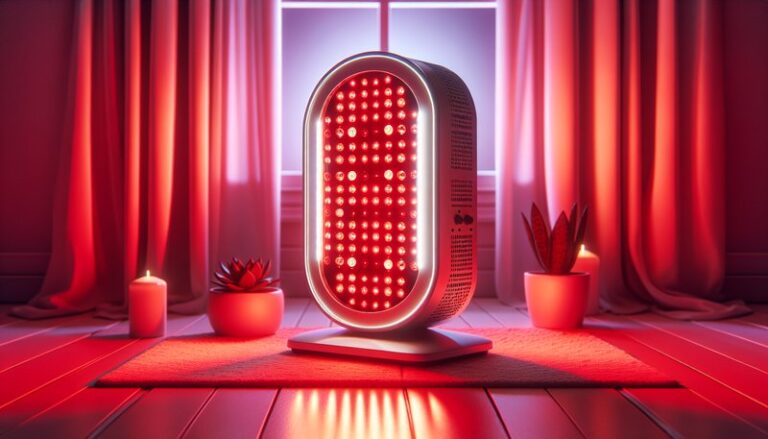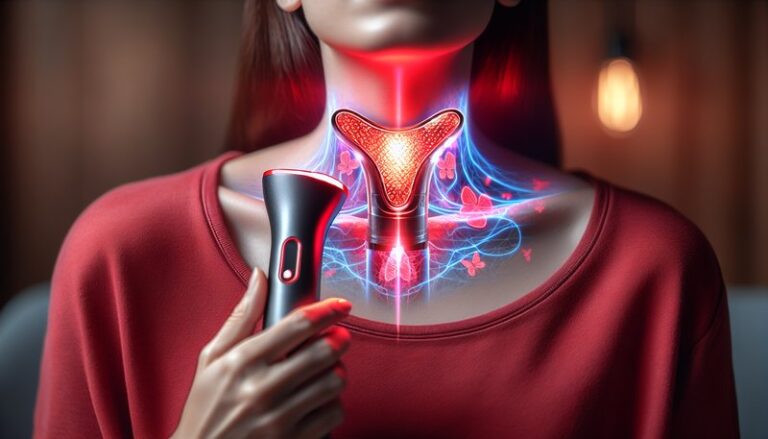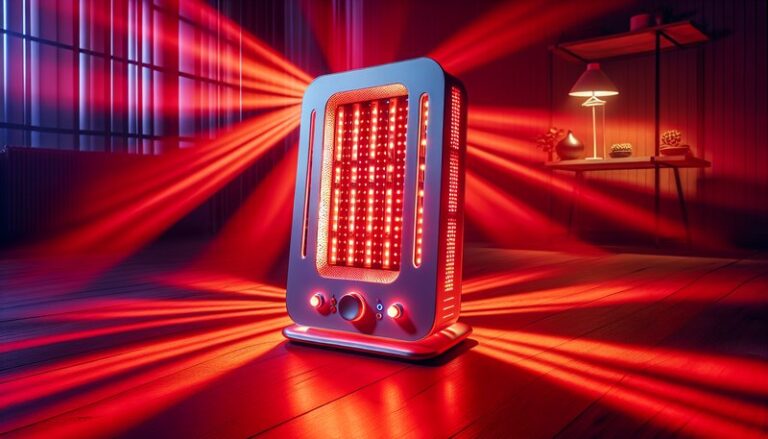Is Red Light Therapy Bad For Eyes?
Could the promising benefits of red light therapy come with hidden dangers to our vision?
This article will delve into the safety and implications of red light therapy specifically regarding eye health. With a growing interest in this treatment for various conditions, it’s essential to evaluate potential risks, particularly concerning ocular safety. We will explore the benefits of red light therapy, concerns surrounding its use near the eyes, alternatives, and considerations to keep in mind.
Key Takeaways
- Red light therapy generally poses minimal risk to eye health when appropriate safety measures are observed.
- There are notable benefits of red light therapy, including skin rejuvenation and pain relief.
- Individuals should consult professionals before using red light therapy, especially if they have existing eye conditions or concerns.
What is Red Light Therapy?
Red light therapy (RLT) is a treatment that uses low-wavelength red light to stimulate various biological processes in the body. It is commonly used for healing purposes, improving skin health, and reducing inflammation and pain.
The therapy works by penetrating the skin and affecting cells at a photonic level, promoting increased ATP production—energy molecules in cells. This process helps to enhance cellular function, thereby contributing to healing and regeneration. RLT has gained popularity in beauty therapy, sports medicine, and wellness treatments.
Understanding how red light therapy works is fundamental to assessing its safety, particularly concerning its application near the eyes.
What are the Benefits of Red Light Therapy?
Red light therapy offers a range of benefits that are drawing attention across multiple fields, including dermatology and physical therapy.
Skin Health
Red light therapy has been shown to improve skin conditions such as acne, psoriasis, and signs of aging. Studies indicate that it can help increase collagen production, leading to smoother, firmer skin.
Pain Relief
Many people use red light therapy for its analgesic properties. Research suggests it can reduce pain in conditions like arthritis and muscle soreness, offering a non-invasive alternative to pain medication.
Enhanced Healing
The therapy can promote faster wound healing and reduce inflammation. Athletes often use RLT to recover from injuries and to improve muscle recovery times.
Mood and Sleep Improvement
Emerging studies indicate that red light therapy may assist in regulating circadian rhythms, which can improve sleep quality and mood by enhancing melatonin production.
Is it Possible to Use Red Light Therapy Safely Near the Eyes?
While red light therapy can yield significant benefits, caution should be exercised when using it around the eyes.
Certain devices, especially those designed for facial treatments, may expose the eyes to direct light, raising potential concerns about safety. It is essential to understand both the risks and how to mitigate them.
What are the Advantages of Safe Use Near the Eyes?
Utilizing red light therapy under safe conditions can yield specific advantages:
Eye Health Improvement
Some studies suggest that controlled exposure to red light may benefit retinal health and slow the progression of age-related macular degeneration (AMD).
Get the complete picture Best Wattage for Red Light Therapy
Reduced Eye Strain
Exposure to red light may alleviate digital eye strain caused by prolonged screen time, enhancing comfort for many individuals.
Non-Invasive Treatment
When done correctly, it provides an attractive non-invasive option compared to surgical procedures for eye health.
Easy Application
Devices specifically designed for eye treatments can be convenient and effective, promoting easy integration into self-care routines.
What are the Disadvantages of Red Light Therapy Near the Eyes?
While there are advantages, there are also disadvantages to consider:
Get the full rundown in Can Red Light Therapy Aid Nerve Damage?
Possible Eye Damage
Improper use or high-intensity light directed at the eyes may lead to temporary or, in severe cases, permanent damage. Protective eyewear is essential during treatments.
Lack of Comprehensive Research
While emerging studies show promise, long-term effects of red light therapy on eye health are still not fully understood, necessitating caution.
Variation in Sensitivity
Individuals differ in sensitivity to light, meaning that while some may benefit from RLT, others may experience discomfort or adverse reactions.
What are the Things to Consider Before Using Red Light Therapy Near the Eyes?
Before engaging in red light therapy, especially near the eyes, several important factors should be taken into account:
Existing Eye Conditions
Individuals with pre-existing eye conditions, such as glaucoma or cataracts, should consult with an ophthalmologist prior to starting red light therapy.
Device Type and Intensity
Choosing the right device is crucial. Lower-intensity devices are generally safer for use near the eyes compared to high-intensity options.
Duration and Frequency of Use
Consider how long and how often you plan to use red light therapy. Adhering to recommended settings will diminish risks significantly.
Protective Eyewear
Always use protective eyewear designed for red light therapy. This will help avoid direct exposure to the bright light emitted by the devices.
What are the Alternatives to Red Light Therapy for Eye Health?
If you’re hesitant about using red light therapy near your eyes, consider these alternative options:
Cold Compresses
Using cold compresses can relieve eye strain and discomfort, reducing inflammation effectively and safely.
Eye Exercises
Performing simple eye exercises can help alleviate strain from screen time and promote better eye health.
Blue Light Filters
Utilizing blue light filters on screens may significantly reduce the harmful effects of prolonged exposure, preserving eye health over time.
Nutritional Supplements
Certain vitamins and supplements, such as A, C, and E, along with zinc, can support overall eye health.
Conclusion: Is it Recommended to Use Red Light Therapy Near the Eyes?
In summary, while red light therapy holds substantial benefits for various conditions, its application near the eyes should be approached with caution. Conducting thorough research, consulting healthcare professionals, and observing proper safety measures will help mitigate risks. For some, the advantages may outweigh the potential downsides, but each individual should make informed decisions based on their health circumstances.
Frequently Asked Questions
Is red light therapy safe for everyone?
Generally, red light therapy is considered safe for most individuals; however, those with specific eye conditions should consult a healthcare professional before use.
Can red light therapy improve eyesight?
Current research is ongoing, and while some suggest potential benefits for certain conditions, conclusive evidence on improving eyesight is still limited.
What precautions should I take when using red light therapy?
Always use protective eyewear, follow the manufacturer’s guidelines, and consult a qualified professional if you have any underlying health concerns related to eye health.
How often should I use red light therapy for optimal results?
The frequency can vary based on individual needs and device recommendations, but typically sessions range from 2-7 times per week for best results.
Are there any side effects of red light therapy?
Most users report minimal side effects, but some individuals may experience redness or irritation, notably when using near the eyes. If discomfort arises, discontinue use and consult a professional.






